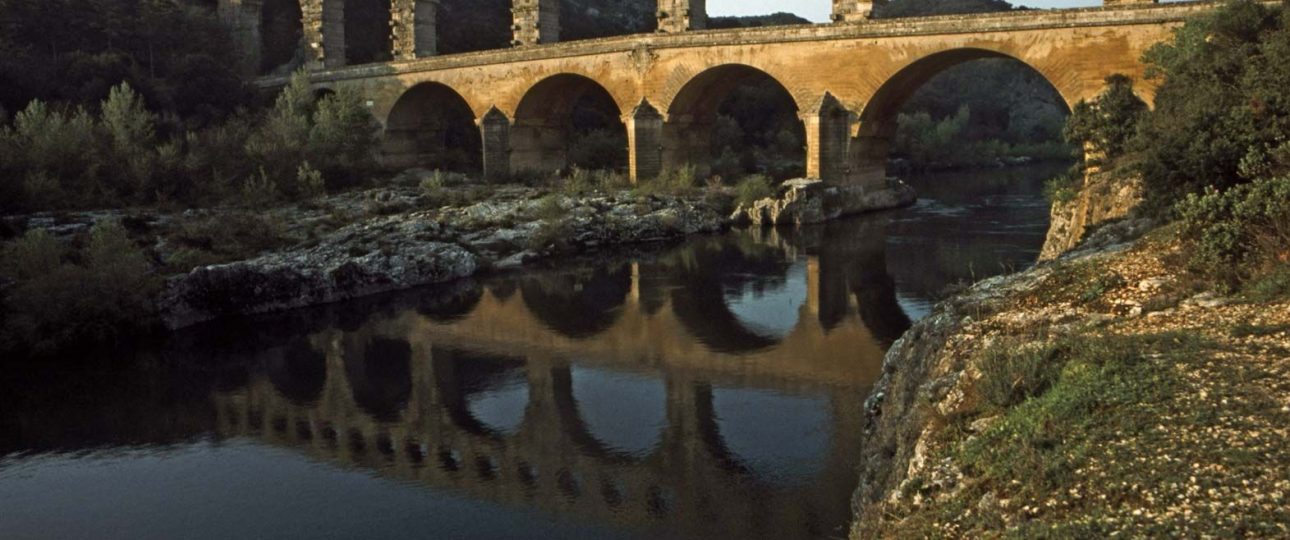The Pont du Gard: A Marvel of Roman Engineering
Historical Significance
The Pont du Gard, constructed in the 1st century AD, is a remarkable Roman aqueduct located in the Occitanie region of France. It was designed to transport water from the springs of the Fontaine d’Eure near Uzès to the city of Nemausus, now known as Nîmes. This engineering feat highlights the Romans’ ability to create enduring infrastructure, with the aqueduct originally channeling an estimated 40,000 cubic meters of water daily over a distance of 50 kilometers.
Despite the collapse of the Roman Empire, the Pont du Gard remained largely intact, serving as a toll bridge for centuries. Local lords and bishops maintained it, collecting tolls from travelers crossing the Gardon River. Although some stones were looted and damage occurred in the 17th century, the structure has undergone several renovations since the 18th century, ensuring its preservation as a significant historical site.
Unique Features
The Pont du Gard stands out for its impressive three tiers of arches, reaching a height of 48.8 meters. The aqueduct’s construction is notable for its use of massive limestone blocks, some weighing up to six tons, precisely cut to fit together without mortar. This meticulous engineering has allowed the structure to withstand the test of time.
Surrounded by the scenic countryside of southern France, the Pont du Gard offers a stunning blend of natural beauty and ancient architecture. The tranquil waters of the Gardon River and the lush greenery enhance the visual appeal, making it a captivating destination for visitors.
Best Time to Visit
For a comfortable experience, plan your visit during the spring or autumn months when the weather is mild. Summer can be hot and crowded, so aim for early morning or late afternoon visits to avoid peak tourist hours and enjoy a more serene atmosphere.
How to Get There
Travelers from Paris can take a high-speed train to Avignon, followed by a local bus to the site. Alternatively, flying into Nîmes or Montpellier and renting a car offers a scenic drive through the French countryside. The journey itself is an opportunity to appreciate the region’s natural beauty.
Local Transportation
Once at the Pont du Gard, walking is the preferred way to explore the site, allowing you to take in the breathtaking views at your own pace. For those who need assistance, electric shuttles are available, providing convenient access to various parts of the site, especially helpful for visitors with limited mobility.
Summary of Facts
- Constructed in the 1st century AD by the Romans
- Transported water from the Fontaine d’Eure to Nemausus (Nîmes)
- Features three tiers of arches, standing 48.8 meters high
- Built using precisely cut limestone blocks without mortar
- Located in the picturesque region of Occitanie
- Best visited in spring or autumn for mild weather
- Accessible by train, bus, or car
- Walking and electric shuttles available for site exploration
Whether you’re a history enthusiast or simply appreciate ancient architecture, the Pont du Gard offers a unique glimpse into Roman engineering. Its grandeur and historical significance make it a worthwhile destination for any traveler.




